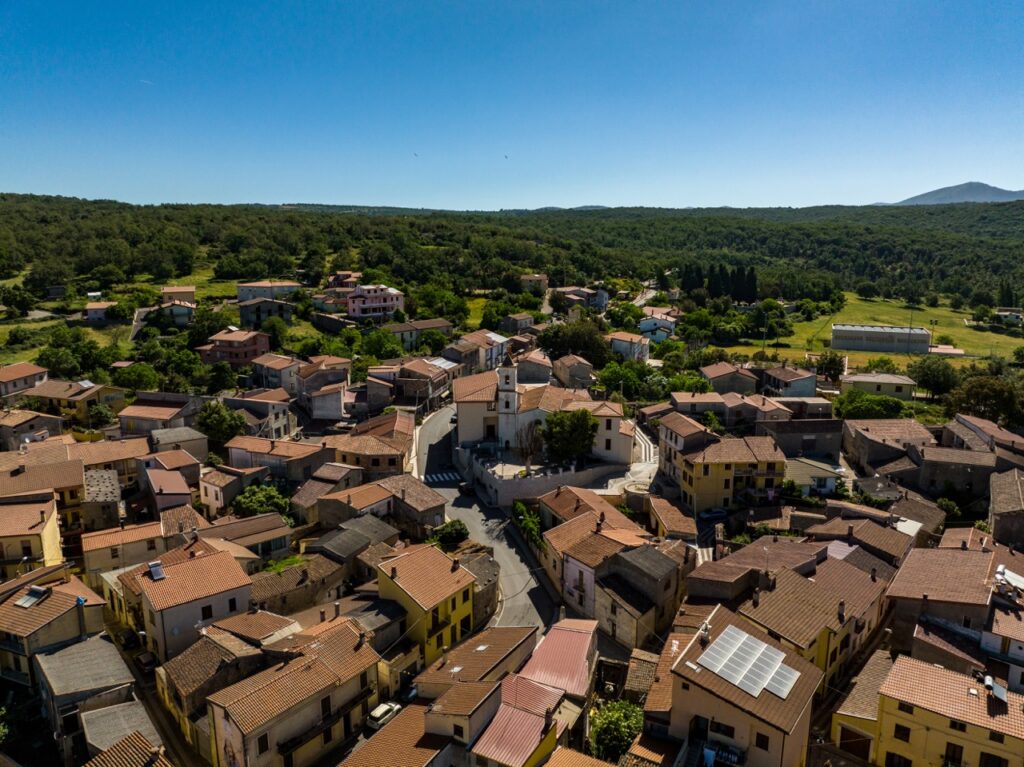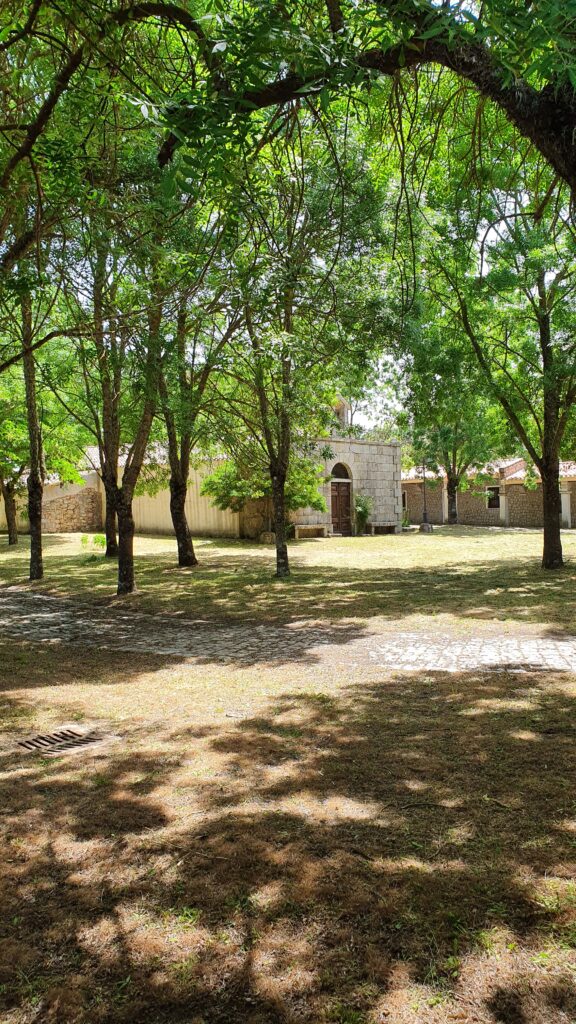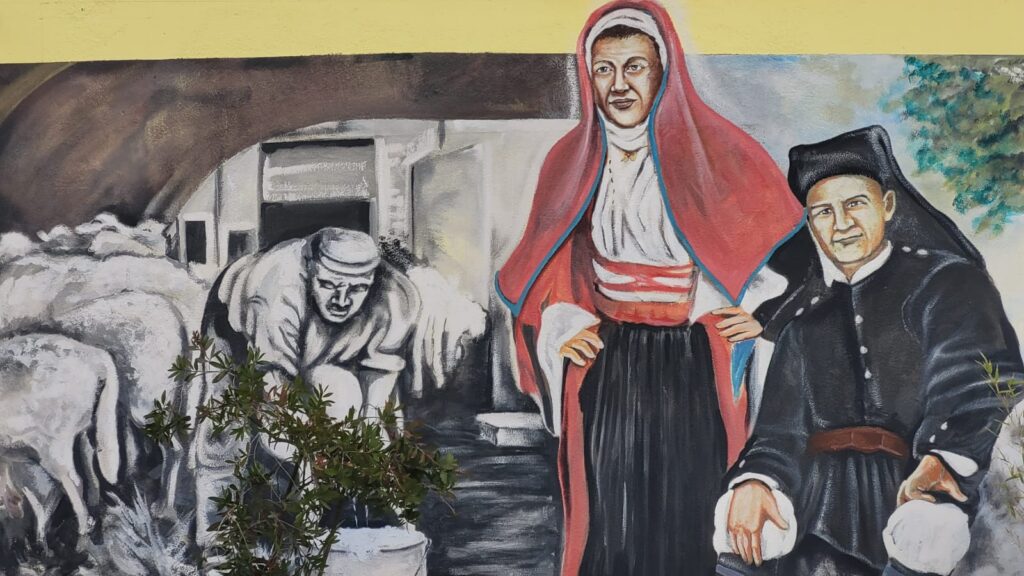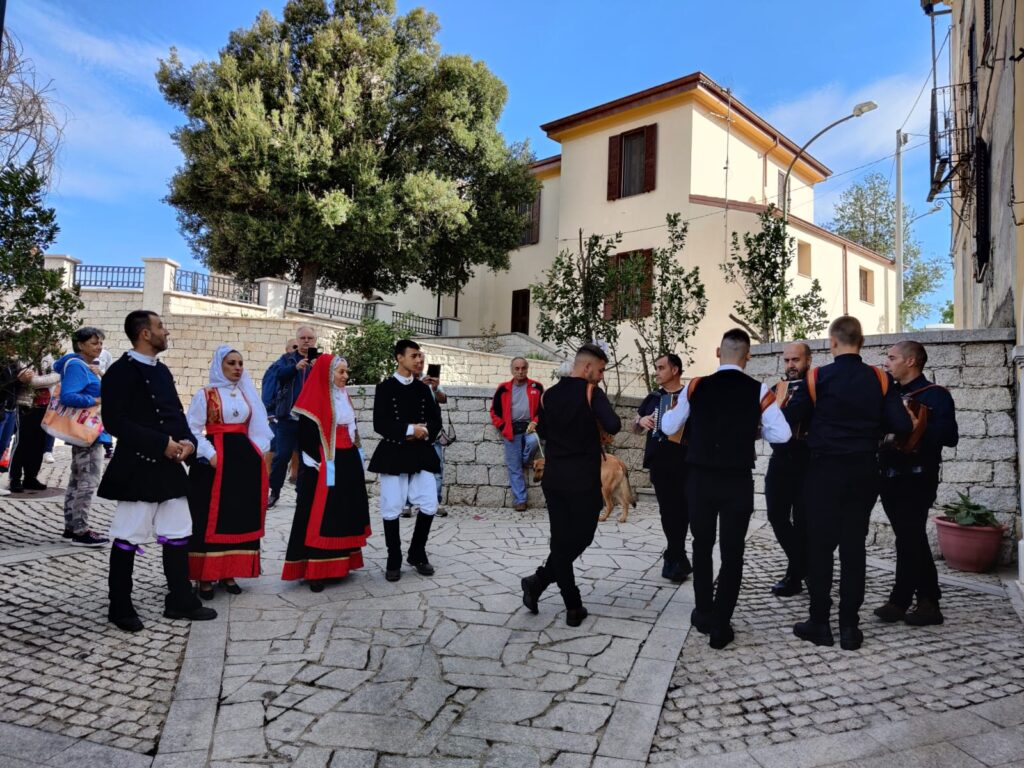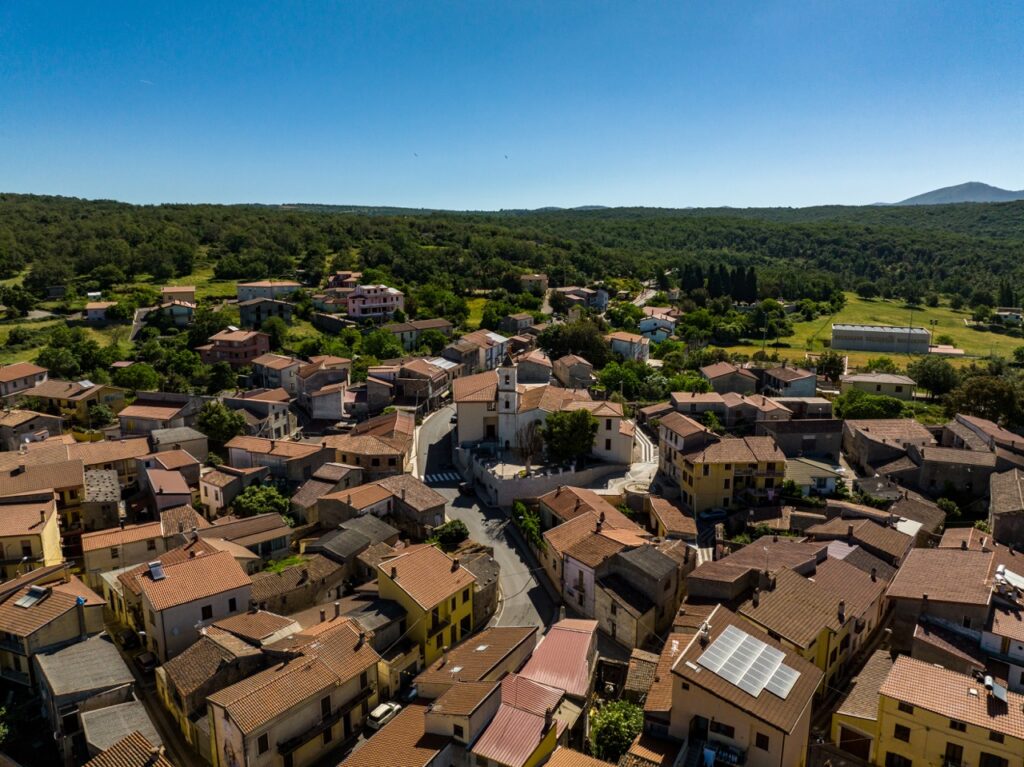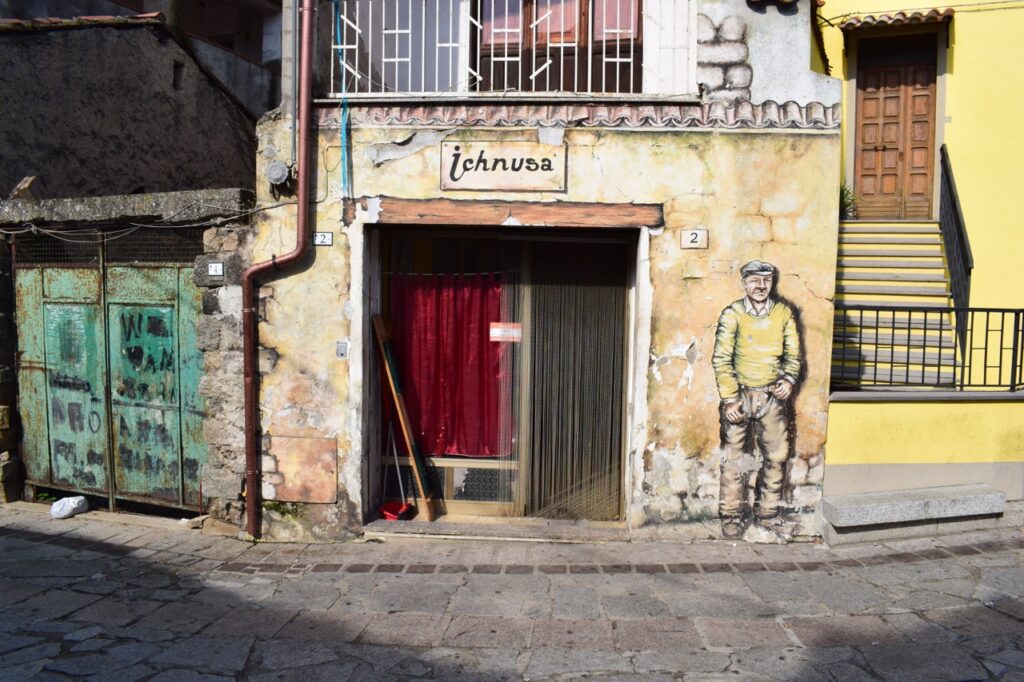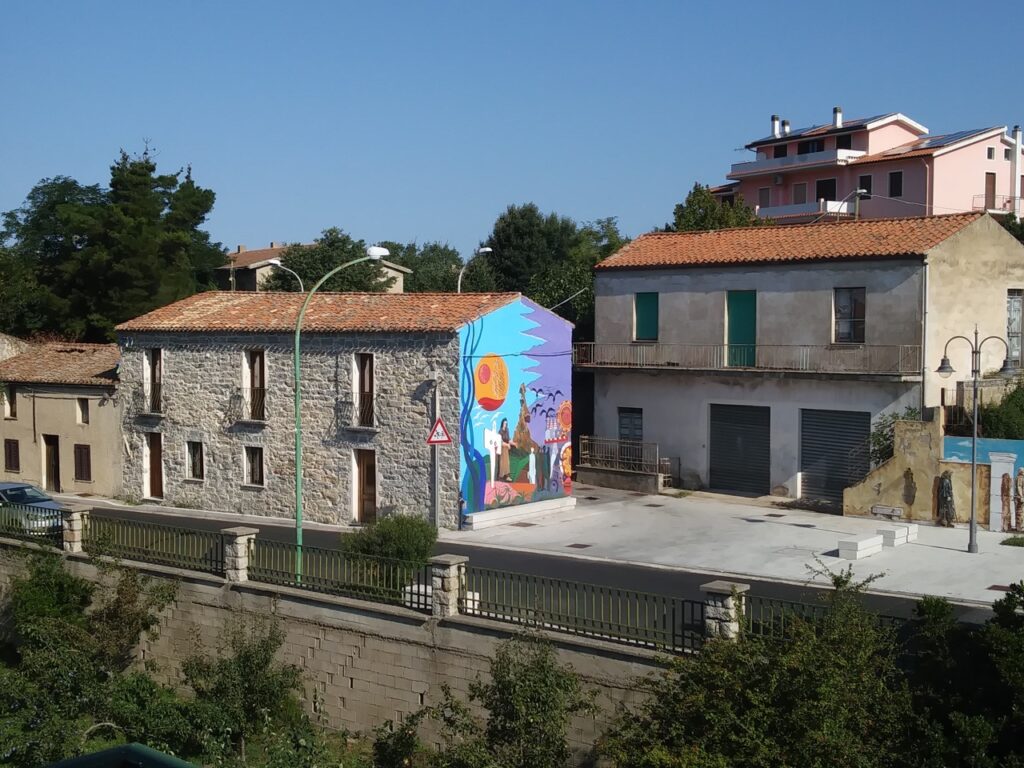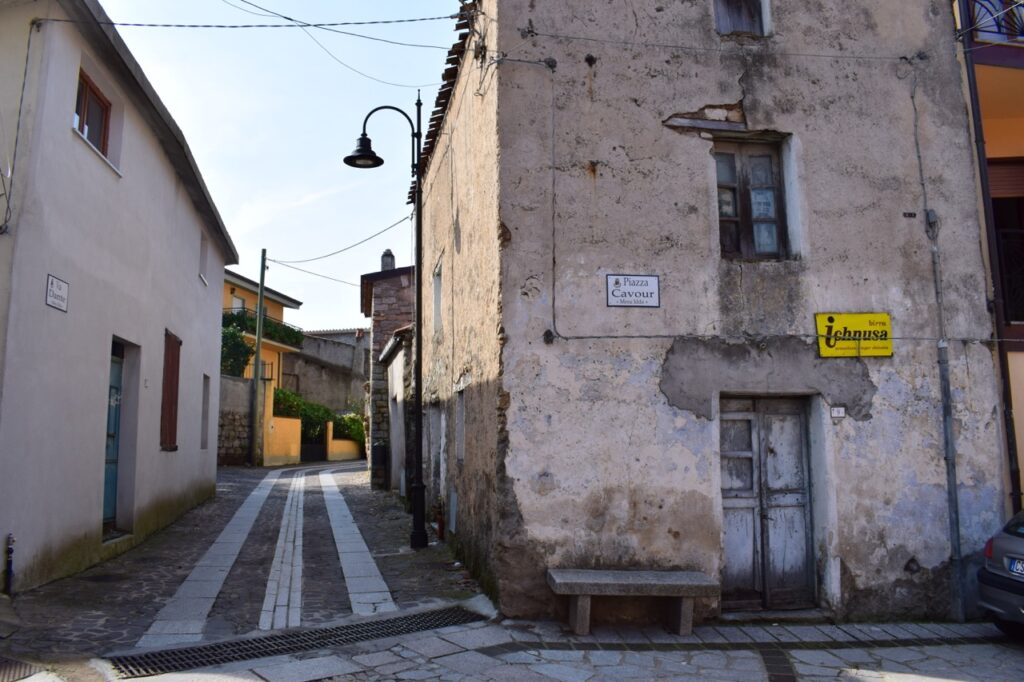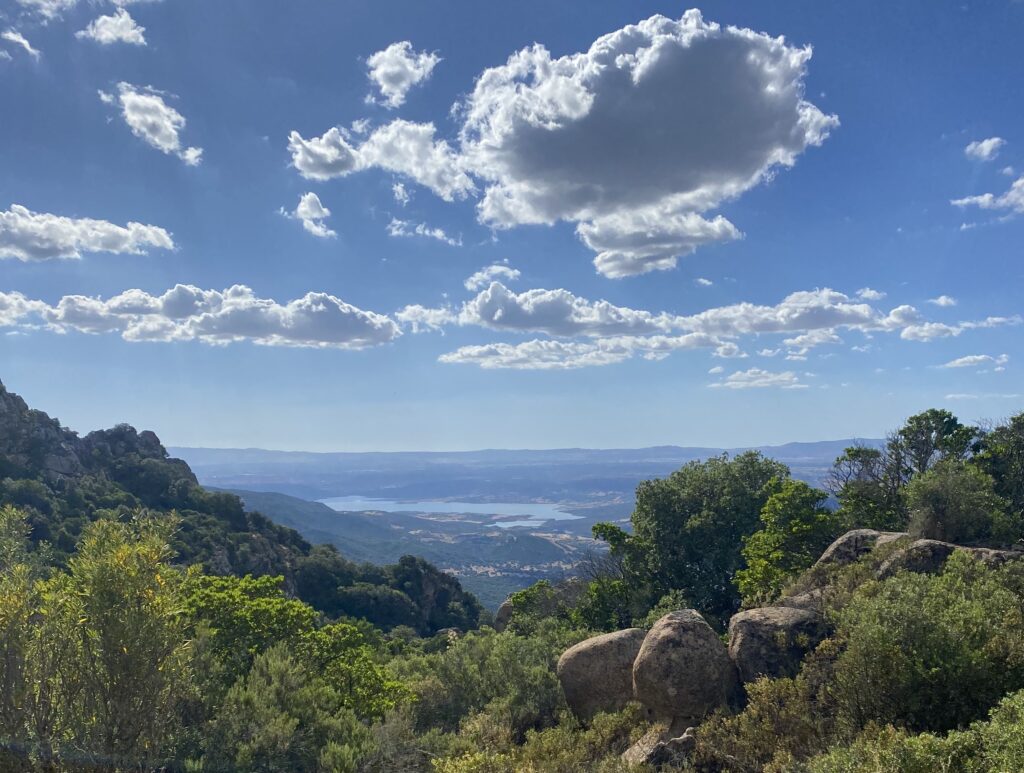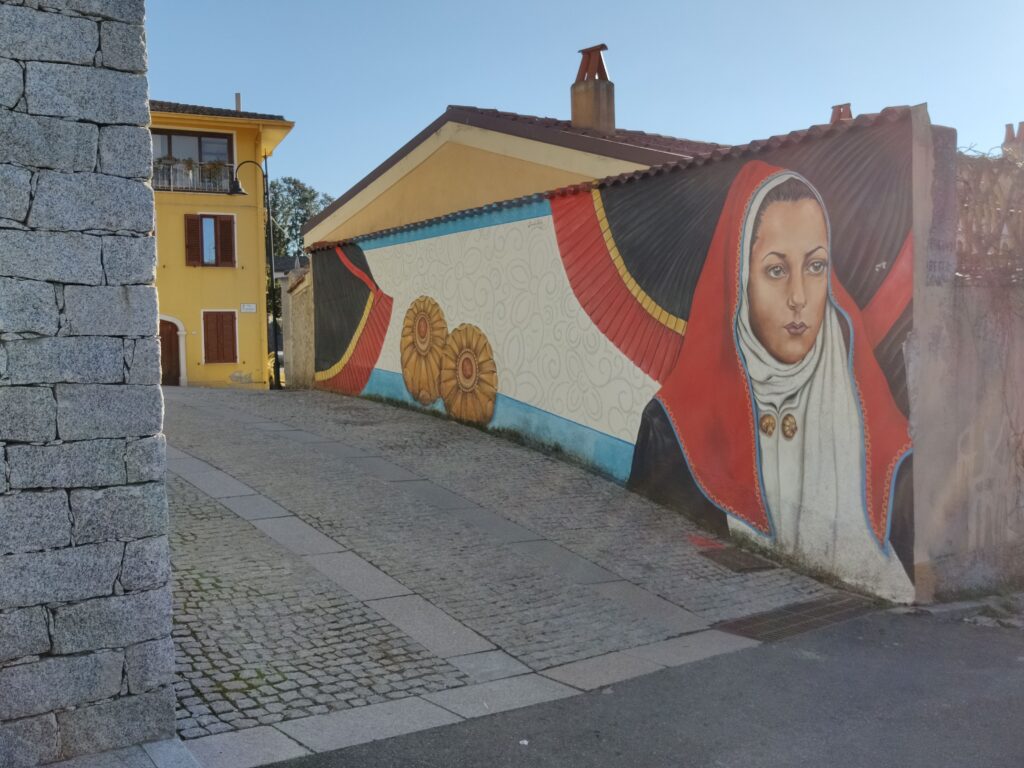You cannot say that you truly know a place if you do not know its origin, history and the events that have made it what it is. Austis is a small town in the center of Sardinia that has been frequented since ancient times and has seen its role progressively change and evolve over the centuries.
First Nuragic settlements
Austis was already frequented in the pre-Nuragic era, as evidenced by the presence of the dolmen Perda Longa in the homonymous locality and the four nuraghes of the area (Lughia, Turria, Istecorì and Lattallò) which unfortunately cannot be visited today because they fell in the early 1900s or because they are located on private property, like the nuraghe Istecorì. Other finds that bear proof of the passage of the Nuragic civilization in the town of Austis are a tomb of the giants in the Carale area and the discovery of numerous remains of ceramic and lithic artefacts from the Nuragic age in the Cabitza Marzane area. Scholars state that it is possible that other remains of the Nuragic civilization have not yet been brought to light or that it is no longer possible to find them due to the reclamation work carried out in the area.
Roman origins
Austis was born urbanistically in Roman times as a military station along the most important Roman road on the island, the “Karalibus Olbiam per Mediterranea”, which led from Cagliari to Olbia. Also thanks to this we know that Sardinia was already inhabited in the Augustan age, as evidenced by the very name of Austis which is a contraction of the Latin name Augustis, a clear and unequivocal reference to the Roman emperor Augustus.
However, it is not just the name Austis that recalls these origins. Recent archaeological finds have shown that in the town there are traces of a settlement of Augustan origin which developed during the Julio-Claudian age and survived until the Middle Ages. These remains include: important Latin inscriptions, sarcophagi, amphorae, jewels and various utensils found above all in the Perda Litterada area, some of which are now kept in Sardinia’s major museums and others which will be exhibited in Austis’ soon to be House of Memory. The territory of Perda Litterada, according to some historical texts, had a central importance in those times, in fact it was the place intended for the burials of soldiers, freedmen and children.
The presence of children suggests that the territory, born as a military station, later became a small rural aggregate (in Latin “villae”) inhabited by men and women. Precisely for this reason we can say that the determination of Austis as an inhabited center already took place in Roman times.
Must-see in Austis
From the Middle Ages to today
With the fall of the Roman Empire, Austis went from being a thriving Roman colony to a small department of the Giudicato of Arborea. In particular, during the Middle Ages the town was linked to Santa Maria di Bonarcado and to the order of the Camaldolese, who managed the church dedicated to Sant’Agostino in Austis, at the time the only church in the area authorized to practice baptism. The church was then abandoned towards the end of the 1500s, when the church dedicated to Santa Maria Assunta nowaday found in the town center, was built. It is thought that after it was abandoned, the church of Sant’Agostino became a ‘mansio civilis’ from which Catholic missionaries started off to spread Christianity among the people of Barbagia; today, however, there is no longer any visual trace of that church but it is mentioned in historical documents.
From the Middle Ages onwards Austis has been under various dominations: in 1407 it belonged to the Barbagia di Ollolai and, more specifically, it was the capital of the curatoria of Austis, which also included the territories of Teti and Tiana. Subsequently, it became part of the Catalan Kingdom in 1420 and then part of Oristano’s marquisate in 1461. From that moment on, great Sardinian historical figures such as Leonardo de Alagon, Pietro Pujades, Matteo Arbosich and Bernardino Cervellon, took possession of the territory. For over two hundred years, from 1607 to 1807, Austis was a Lordship of the Kingdom of Sardinia led by the Savoys. With the suppression of the feudal system in 1839, the Amats took possession of the territory and Austis became to all intents and purposes a municipality administered by a mayor and a municipal council.
From 1850 until the Second World War life passed slowly and without great upheaval. Today the town of Austis, politically and administratively, is located in the Province of Nuoro and is part of the Gennargentu-Mandrolisai Mountain Community, while territorially it is considered an integral part of the Ollolai Barbagia.
The phenomenon of emigration
The phenomenon of emigration affected many towns in central Sardinia, and those obviously include Austis. In this small Barbagian center it is possible to identify three main forms of migration, two standard and in line with other Italian territories and one atypical. The community’s first emigration happened in the 1950s and was directed abroad, in particular towards Belgium and Germany. Throughout Italy, with the opening of borders, the free movement of labor towards the more industrialized countries of northern Europe was favored. In Austis the emigrants were mostly farmers driven by the cereal growing crisis. In the 1960s a second migratory flow developed, this time directed towards the industrial cities of Italy and Sardinia. However, after the 70s, with the abandonment of transhumance, another migratory flow took place and saw the shepherds of central Sardinia and in particular of Austis, leave to invest capital in the Tuscan lands left free by those who abandoned the countryside for the city. Over the course of 30 years almost 300 people from our country left and established their residence in Tuscany. This caused the depopulation of the town, the reason why today we have less than 800 residents.
The Historic Districts of Austis
Austis’ inhabited center was once divided into neighborhoods, the traces if which can be found in the town’s street signs. Each neighborhood had a particular feature that gave its inhabitants a sense of belonging and community that still lives in their hearts. Some neighborhoods, especially locally, are still called by their original names, such as Marcalai, Santu Zueni and Su Molinu ‘etzu. Other neighborhoods, on the other hand, are part of the tales of ancient and evocative stories and legends such as Santu Austinu and Pastoreddu.

